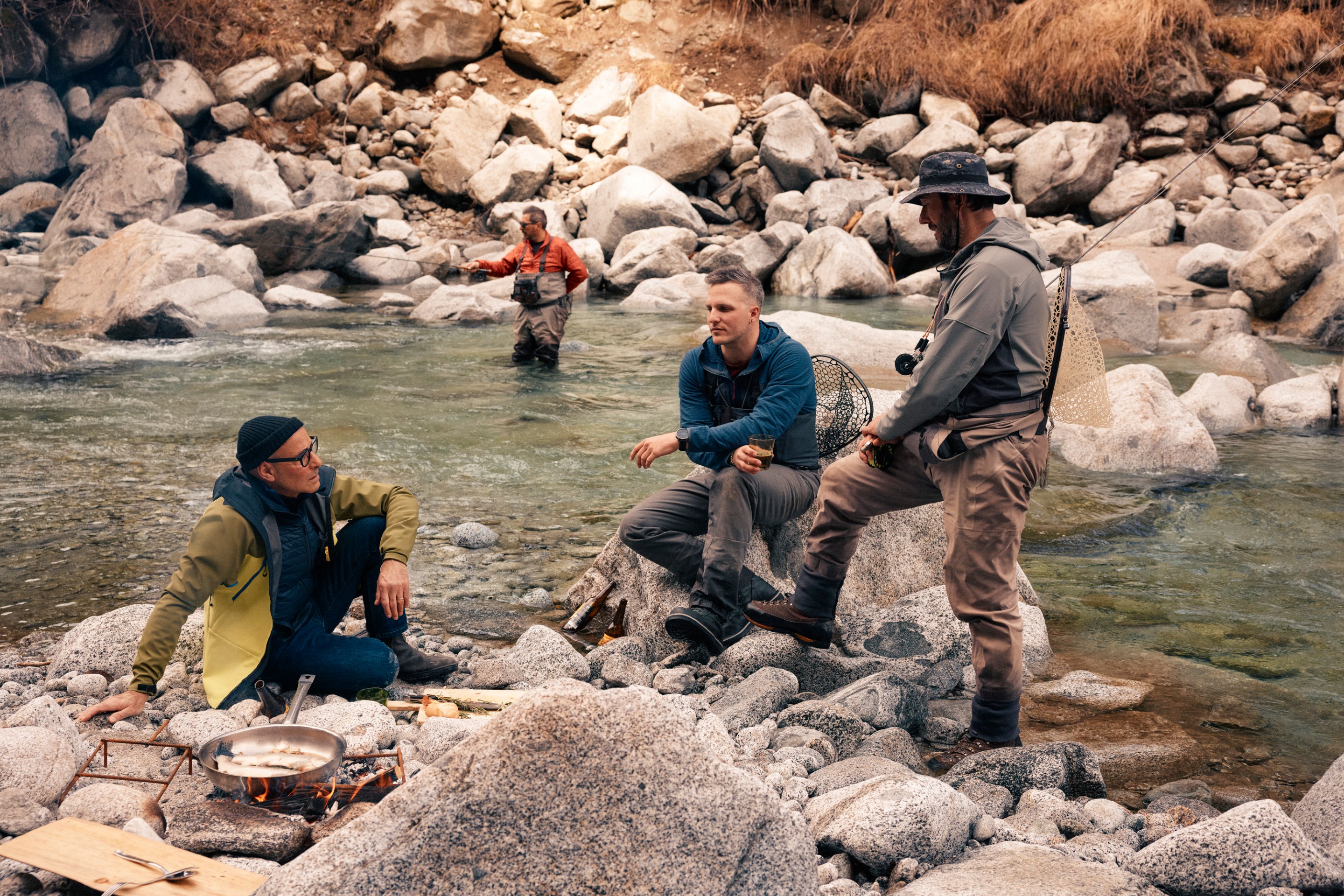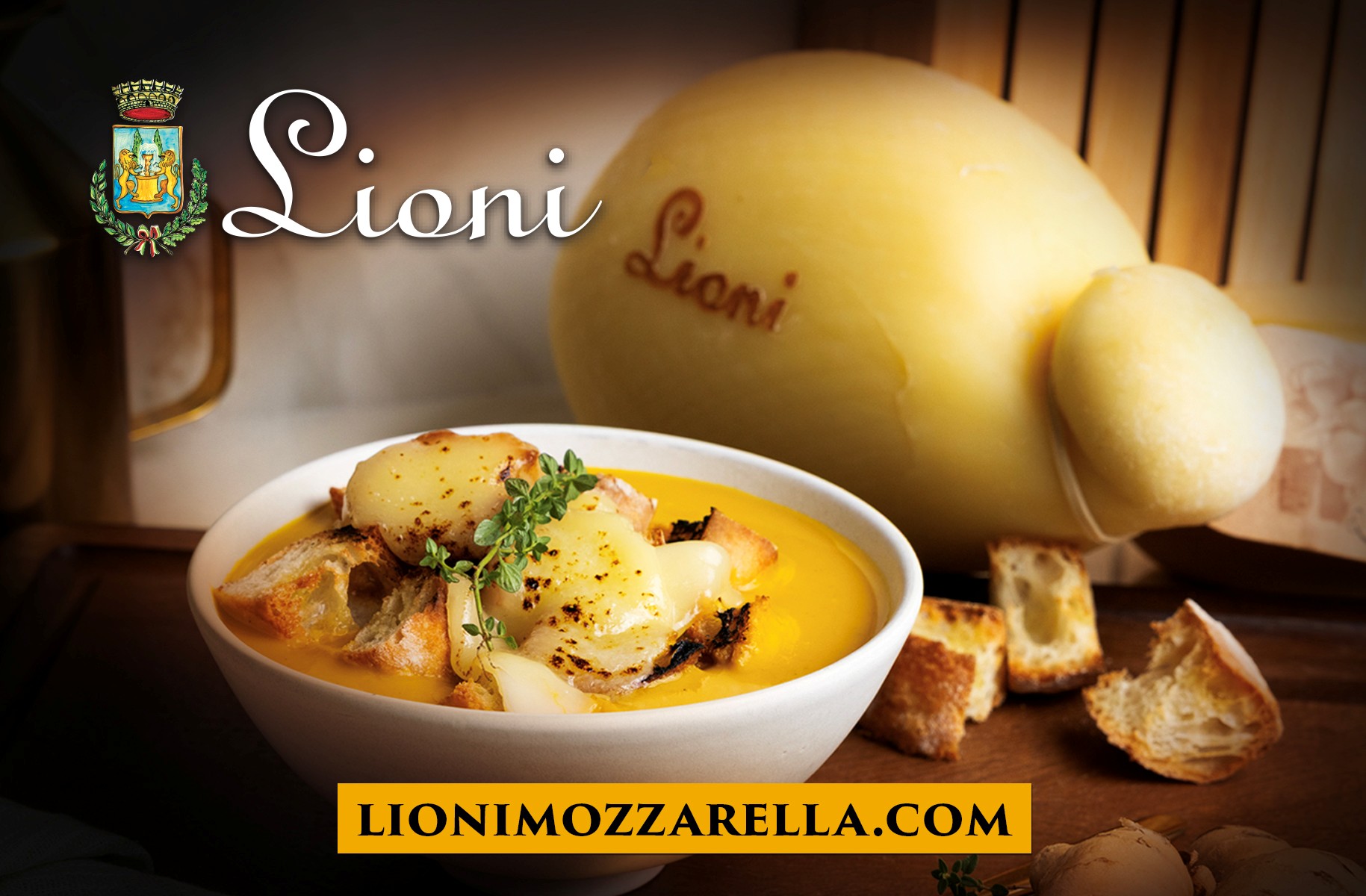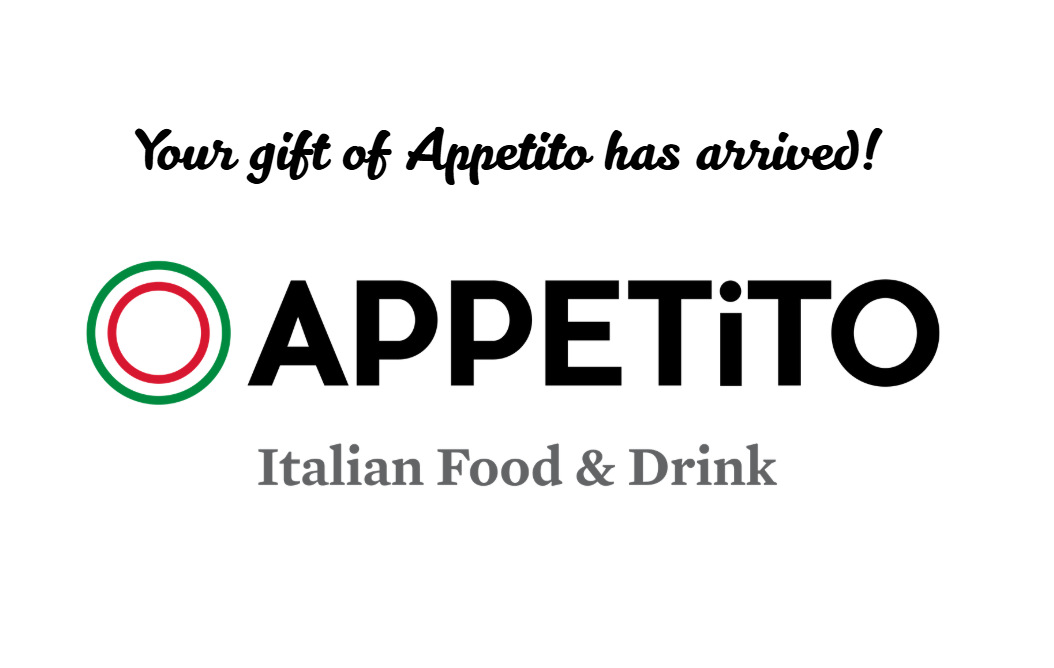In episode three of Tucci in Italy, Stanley Tucci arrives in Trentino Alto Adige, a region in the north shaped by soaring peaks, strong cultural traditions, and layers of identity shaped by more than just nationality. Here, Austrian heritage meets Italian life, and the German language is still heard on the street in many areas. The food, like the people, tells a story of survival, adaptation, and pride. As Tucci correctly touts, “This is where the food is as complex as the region itself.”
Alpe di Siusi: Powder, Polenta, and the Power of Women
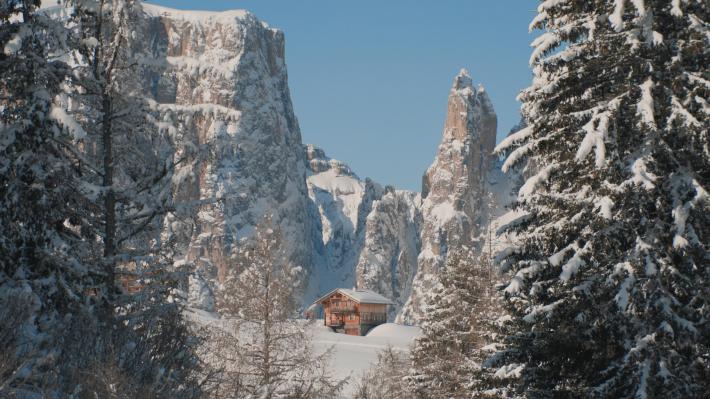
Tucci begins his journey on Alpe di Siusi, a wide alpine meadow backed by the Dolomites. On International Women’s Day, he joins Christina Demetz for Dirndl Ski Day, where local women celebrate by skiing in traditional dresses with mimosa flowers in hand. The event is both playful and powerful, serving as a reminder of how tradition and modern life coexist in this region.
After the slopes, Tucci visits Baita Sanon, a mountain hut where Maddalena Kostner has been cooking for over thirty years. She serves him Hungarian-style goulash with sauerkraut and polenta, a warm and filling meal that reflects the region’s Austrian past and mountain lifestyle. “This is ski food,” Tucci says with a smile. He appears at home in these rustic but chic surroundings.
Gostner Schwaige: A Hut Where History Tastes Like Herbs
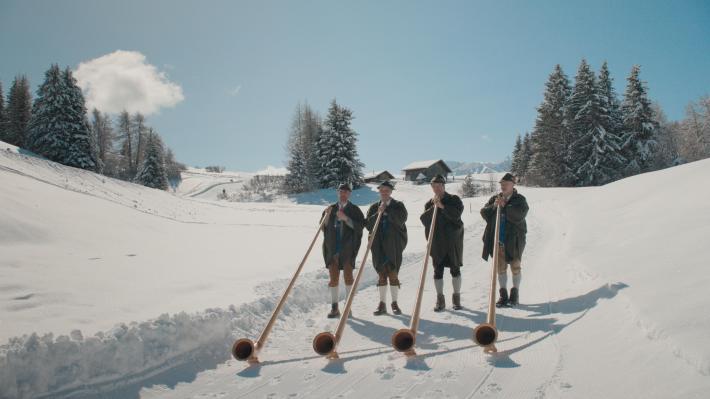
Not far from there, Tucci hikes to Gostner Schwaige, where chef Franz Mulser cooks in a rustic dairy hut that has stood for two centuries. He uses stone pine needles, wild herbs, and edible flowers gathered nearby. Each dish is personal and precise.
He starts with Schlutzkrapfen filled with pear and homemade cheese, topped with stone pine pesto. Then he prepares a cream soup made with twenty five herbs, served in a crusty bread bowl. Franz explains that his grandfather created the soup while hiding in the forest for four years during World War II. “Franz’s food is a response to survival,” Tucci reflects. He is touched by the personal stories, and it is evident that the culture of food has been profoundly affected by the intense and sometimes baffling history of northern Italy.
Merano: Dumplings with a View
The town of Merano sits in a valley surrounded by vineyards and alpine peaks. It has long been known for luxurious spa resorts, but it also holds some of the region’s most refined restaurants. Tucci visits Castel Fragsburg to meet chef Egon Heiss, who has turned Tyrolean comfort food into fine dining.
Egon serves Knödel in three distinct and delicious types. The first is a traditional dumpling made with speck and onions. Another is filled with beetroot and cheese, and a third is frozen gnocchi made from potatoes and finished with apple and Parmigiano. The dishes are bold but beautifully plated, shaped by precision and years of serving friends and family. “It’s hard to say where Austria ends and Italy begins,” Tucci says, tasting both sides of the story.
Sarca River: One Stream, Three Perspectives

In the Genova Valley, Tucci joins three local fishermen along the Sarca River. Stefano, Diego, and Paolo fish for marble trout in the glacial waters that run cold and clean. The fish grow slowly, developing a lean and delicate flavor. As they cook their catch over an open fire, Tucci asks if they consider themselves Italian, and he is surprised to hear that each has a different answer. Their grandparents were Austrian, their passports are Italian, and their hearts belong to the land.
Cooking Without Borders

Tucci meets Rahma Tesfa Ahmed, who moved to Bolzano from Ethiopia and created Cooking Without Borders. Her supper club brings together immigrants and locals for shared meals and conversation. Tonight, she serves zigni, a spiced stew of beef and onions, along with injera, a fermented flatbread made from teff. The lively table includes people from Japan, Trentino, and Ethiopia, and they eat and talk about what it means to live here. Some say it is easy. Others say it is not. But Rahma’s table makes space and conversation for all of it.
San Vigilio di Marebbe
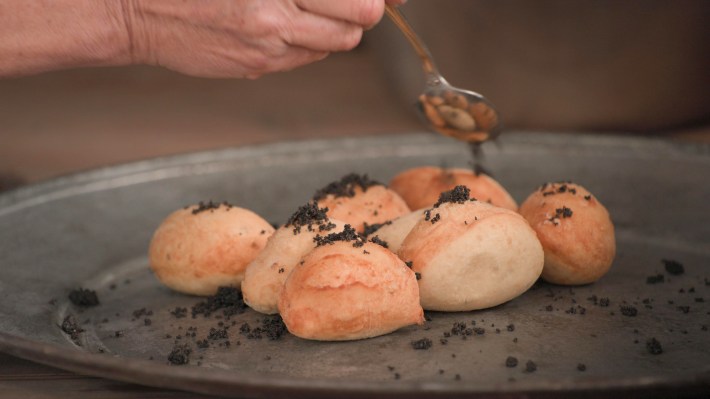
In the Ladin valley of San Vigilio di Marebbe, Tucci visits Plazores, a family restaurant where Uli Ties preserves Ladin recipes and language. Her community has been here for centuries, speaking a mix of Latin and Austro-Hungarian dialects, farming the land, and living outside national lines.
Tucci tastes speck, pancetta, and coppa, all cured in-house. He tries red ravioli filled with potato and ricotta, topped with toasted poppy seeds, melted butter, and dried raspberries. The dessert is furtaies, a spiral pastry scented with fennel and served with cranberry jam. The dishes are full of memory and care, and represent centuries of family lineage, history, and reinvention. Uli tells him the Ladins are not Austrian, not Italian, just themselves. “They have never had a national belonging,” Tucci says. “They have simply stayed.”
Resilience You Can Taste
Trentino Alto Adige is not just a border region. It is a special space filled with identities, stitched together by food, history, and a connection to the land. The people Tucci meets do not always agree on what to call themselves, but they all know where they come from. In the final scene, he raises his glass. “This is the best of all worlds,” he says. “And the food tells you who they are.”
Stay tuned for next week's recap of Tucci in Italy. Follow Tucci’s adventures at @StanleyTucci, @NatGeoTV, and @AppetitoMagazine.
